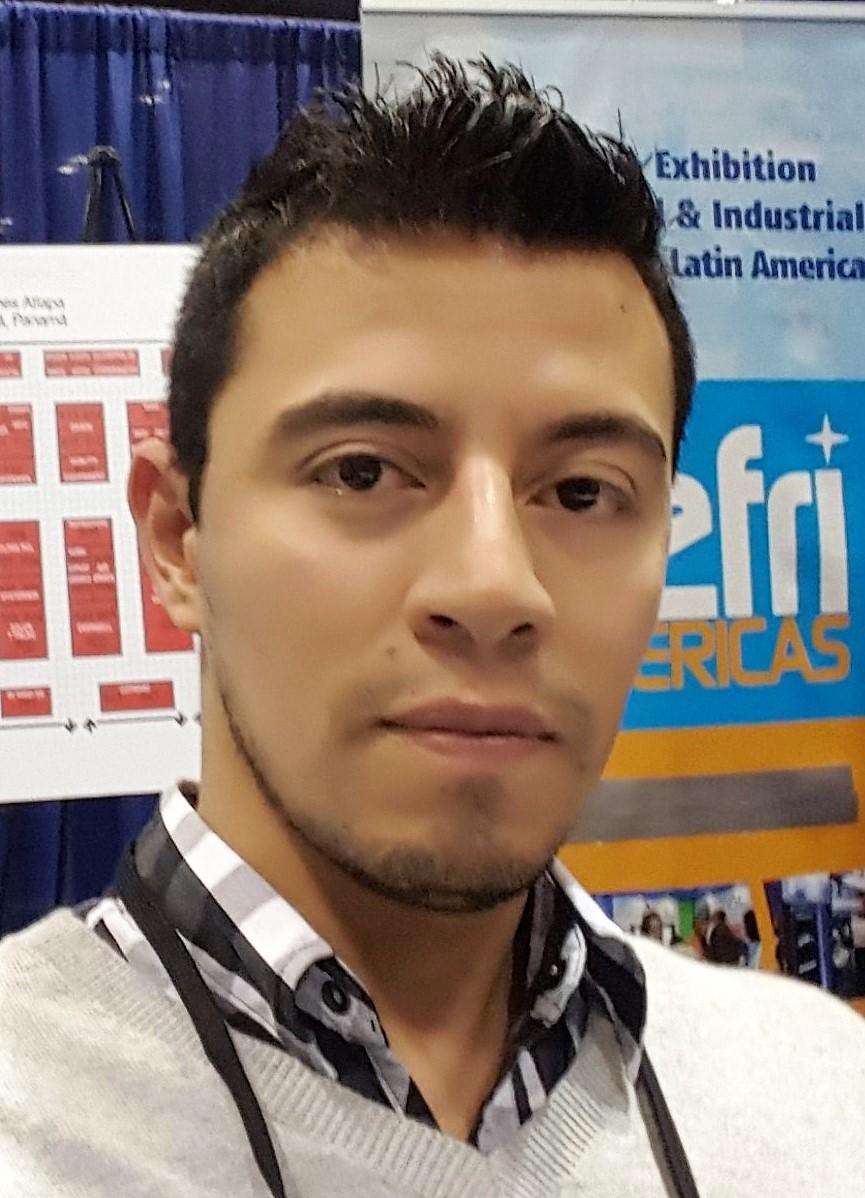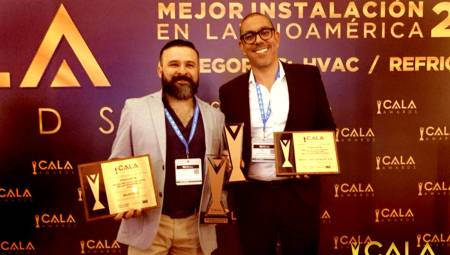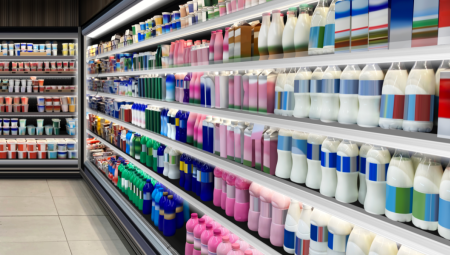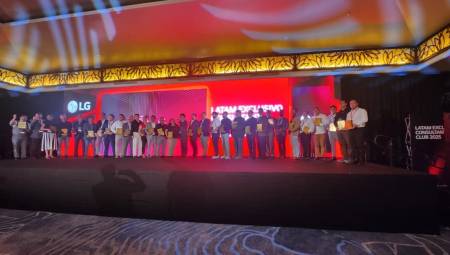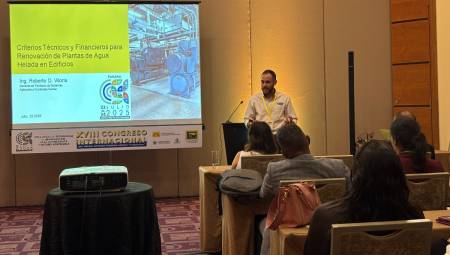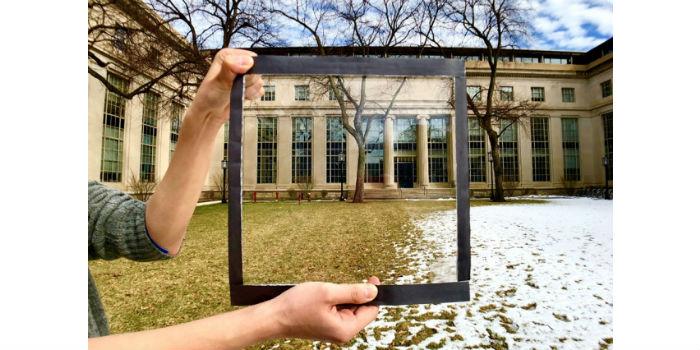 United States. MIT engineers have developed a film that rejects heat that could be applied to a building's windows to reflect up to 70 percent of the heat from the entering sun. The film can remain highly transparent below 32 degrees Celsius, or 89 degrees Fahrenheit.
United States. MIT engineers have developed a film that rejects heat that could be applied to a building's windows to reflect up to 70 percent of the heat from the entering sun. The film can remain highly transparent below 32 degrees Celsius, or 89 degrees Fahrenheit.
Above this temperature, the researchers say, the film acts as an "autonomous system" for rejecting heat. They estimate that if all the windows facing the outside in a building were covered in this film, the air conditioning and energy costs of the building could decrease by 10 percent.
The film is similar to transparent plastic wrap, and its heat-rejecting properties come from tiny microparticles embedded in it. These microparticles are made of a type of phase-change material that contracts when exposed to temperatures of 85 degrees Fahrenheit or higher. In their more compact configurations, microparticles give the normally transparent film a more translucent or frosted appearance.
Applied to windows in the summer, the film could passively cool a building while letting in a good amount of light. Nicholas Fang, a professor of mechanical engineering at MIT, says the material offers an affordable, energy-efficient alternative to existing smart window technologies.
"Smart windows on the market currently aren't very efficient at rejecting heat from the sun or, like some electrochromatic windows, they may need more power to propel them, so you'd be basically paying to make the windows opaque," Fang says. "We thought there could be room for new optical materials and coatings, to provide better smart window options."
Fang and his colleagues, including researchers at the University of Hong Kong, published their results in the journal Joule.
The researchers created a solution of the thermal shielding microparticles, which were applied between two sheets of 12-by-12-inch glass to create a coated film window. They shone the light from a solar simulator in the window to mimic the incoming sunlight, and found that the film had become frosty in response to the heat. When they measured the solar radiation transmitted through the other side of the window, the researchers found that the film could reject 70 percent of the heat produced by the lamp.
The team also covered a small calorimetric chamber with the heat-rejecting film and measured the temperature inside the camera as the light shone from a solar simulator through the film. Without the film, the internal temperature warmed to about 102°F — "about the temperature of a high fever," Fang notes. With the film, the inner camera remained at a more tolerable 93 F.
Source: MIT.


